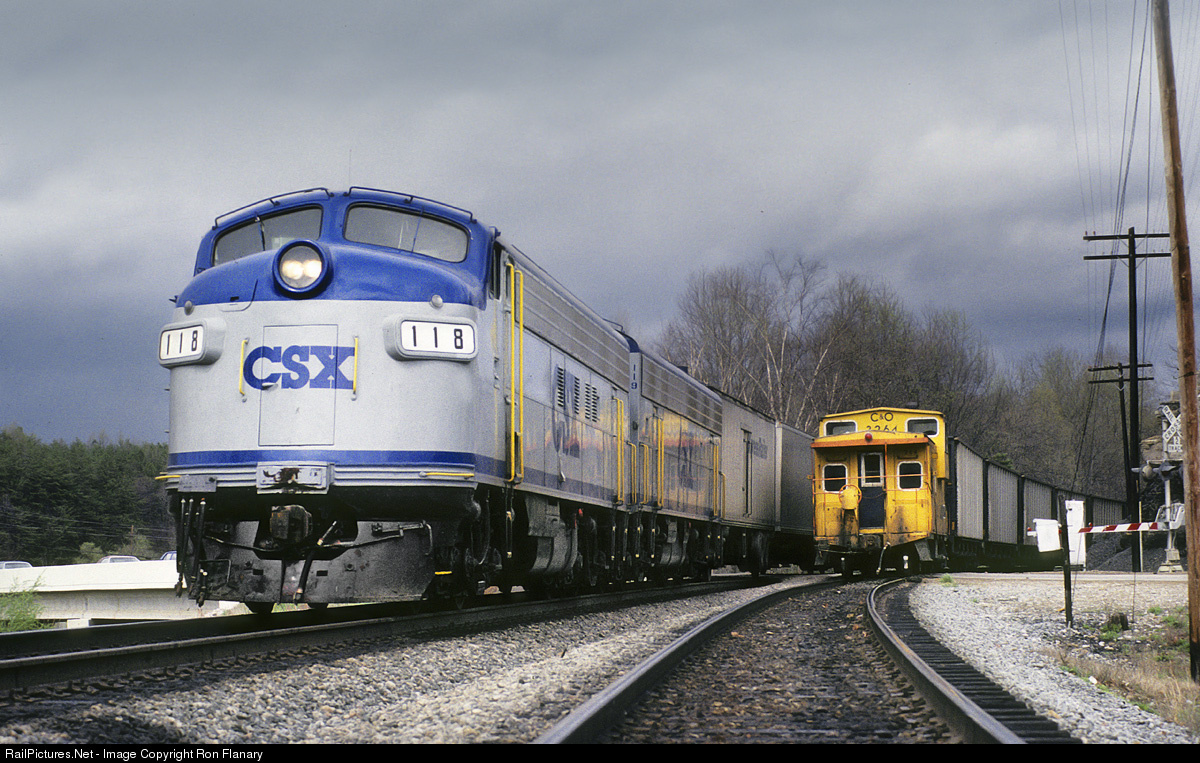Less positive news regarding East Broad Top, is the sale of EBT 0-6-0 #3. But this is due to the East Broad Top Preservation Association (EBTPA) and not the East Broad Top Railroad (EBT), the Friends of the East Broad Top (FEBT), or the East Broad Top Foundation (EBTF). Huh? There's a bit of history to unpack here.
EBT had a dual-gauge yard at the northernmost end of the line in Mount Union, where the EBT interchanged with the Pennsy. They had facilities to transload coal from their narrow gauge cars into standard gauge hoppers, there was infrastructure to move other merchandise between cars, and there was the old timber transfer that was repurposed to put narrow gauge trucks under standard gauge cars to move them down the EBT line. This yard was worked by a pair of 0-6-0s, #3 and #6, which had both standard gauge and narrow gauge couplers, and they were stored and serviced in an engine house at Mount Union. When the line shut down in 1956, the two standard gauge 0-6-0s were parked in the Mount Union engine house and left there, with no intent to restore them after Nick Kovalchick bought the EBT and made it a tourist line. The Mount Union yard had a lot of the structures, like the timber transfer, removed over the years and it was basically abandoned, since the tourist-era EBT never ran that far north. In 1975, Kovalchick sold the #6 to the Whitewater Valley Railroad out in Indiana, since his focus was on the narrow-gauge stuff and the line between Shirleysburg and Mount Union was falling into direpair. Whitewater Valley planned to restore the #6 to operation but that never happened, I believe partially because it has a lap-seam boiler that would require complete replacement, and it sits outside in Connersville returning to the earth. The #3 remained at Mount Union, inside the enginehouse, pretty much out of sight except for the occasional visit by a historical group.
In 1983, the Friends of the East Broad Top were formed, which was a volunteer group that helped the Kovalchick family maintain and operate the East Broad Top and try to slow the decay down as much as possible. FEBT still exists today, and is still providing a lot of work on the current restoration efforts. Around 2009, a guy named Larry Salone took over operating the EBT from the Kovalchick family under an operating lease and formed the East Broad Top Preservation Association (EBTPA) with the plans being to raise the money to eventually buy out the whole thing from them. The line shut down in 2011, citing the need for money to perform work on the infrastructure and locomotives, and the EBTPA's lease was ended. After the end of its operating lease, EBTPA had raised enough money to purchase some portions of the EBT, and on June 3, 2013, it was announced that they purchased the first part of the East Broad Top Railroad. In two separate transactions, the Association purchased the old PRR/Conrail spur from the Norfolk Southern mainline to the northern end of the EBT yard , and the EBT Mount Union yard from the Conrail spur tie-in to the US 522 crossing. EBTPA subsequently purchased the line from Mount Union to Aughwick. Note that none of these were the operating portions of the line, this was all stuff that had been dormant for nearly 60 years. After these initial purchases, the EBTPA was unable to fund further purchases of portions of the EBT.
Salone and his EBTPA (oddly, his association seemed to include no one else other than him) always seemed to be at odds with the Kovalchick family and the FEBT, with it being rare that either were ever quoted in the same article. Salone was also reported to be antagonistic towards FEBT members. Salone talked about reviving the standard-gauge portion of the line and using it to interchange freight into Mount Union and was trying to fund rebuilding of the line, and formed the Mount Union Connecting Railroad, although I don't think it ever did any business and no work was ever done on the tracks.Now, in 2020, a group of wealthy backers formed the East Broad Top Foundation (EBTF) and purchased everything south of Aughwick from the Kovalchick family, with intent to restore it to operation. The EBTF owns and operates the railroad, and the FEBT provides volunteer labor and assistance.
Salone and the EBTPA still owned his bit of the line though (which is why the EBTF decided to restore the line west to Pogue, Saltillo and Robertsdale) and that included the enginehouse and the #6. Last year, the #3 was spotted moved out of the engine house, and sadly whoever moved it decided to cut the rods with a torch, since the bearings were likely set up from sitting for nearly 70 years. The #3 was also reported to be in terrible condition, since the engine house roof leaked like a sieve and was never fixed, which led to the #3 basically sitting inside a greenhouse. Kelly Anderson talked about getting access to the engine house before Salone bought it and said that the #3 was the rustiest engine he had ever seen, and just touching the rivet heads on the boiler would cause them to pop off. Then there started being rumors that EBTPA had sold the #3 and it would be headed down south.
Well, it surfaced again a couple weeks ago, now wearing an absolutely hideous paint job, reminiscent of some of the dreadful 1970s "old time" paint jobs that some tourist lines applied. News revealed that the locomotive was purchased by Bob Tiffin, who founded Tiffin Motorhomes of Red Bay, a custom builder of luxury recreational vehicles. Situated along a former Illinois Central line, the city of Red Bay and a local museum see the engine, along with a caboose and a water tank, as a centerpiece in a railroad park to honor the IC’s heritage in that town. It has since begun it's move to Alabama.
Now the #3 likely would have never run again, at least not without extreme reconstruction, but there are a couple issues here. One, selling off a major piece of the railroad runs counter to the name of Salone's little organization. It is the East Broad Top Preservation Association, and sending a locomotive all the way to Alabama seems to run counter to preservation, as does cutting the rods and painting it in a historically-inaccurate paint scheme. Also, you have a lost opportunity for if the FEBT ever regained the whole line. Say Salone decides to play ball with them, or he sells out to the FEBT, or he passes away and his estate sells it back to them, yeah, they'll get back the rail line and the yard, but the #3 is now gone and won't be part of that purchase. Third, the #3 isn't really preserved. I don't believe any stabilization was any done, it was simply pulled out of the roundhouse and shot with some paint, it's still a very rusty locomotive underneath that's now going to sit outside. How long before it starts to really fall apart? It's had it's rods cut, it's in an incorrect paint scheme, it's not anywhere near home territory. How stable is the relations with Tiffin and Red Bay? There's a lot of horror stories of privately-owned or city-owned locomotives getting scrapped as soon as someone loses interest or they start to look scruffy. I think if Salone had sold it to Railroad Museum of Pennsylvania, where it'd be roughly in home territory, fairly safe, and restored to proper appearance, there'd be less controversy.






























































